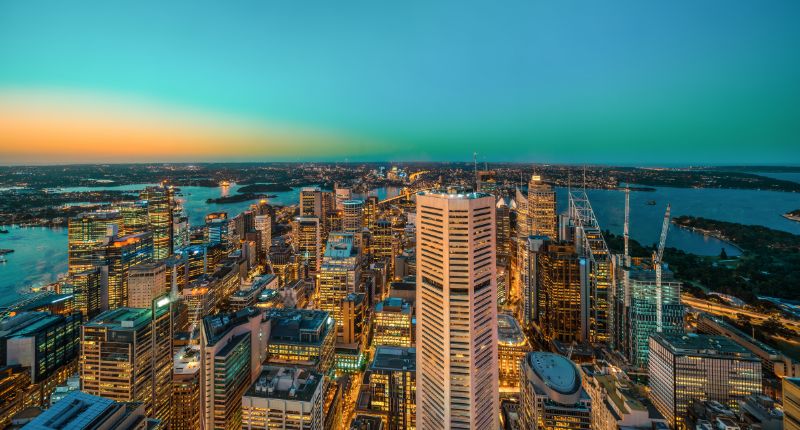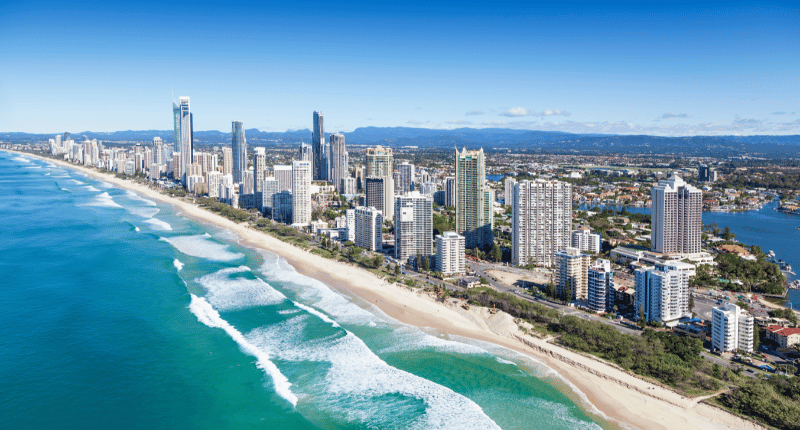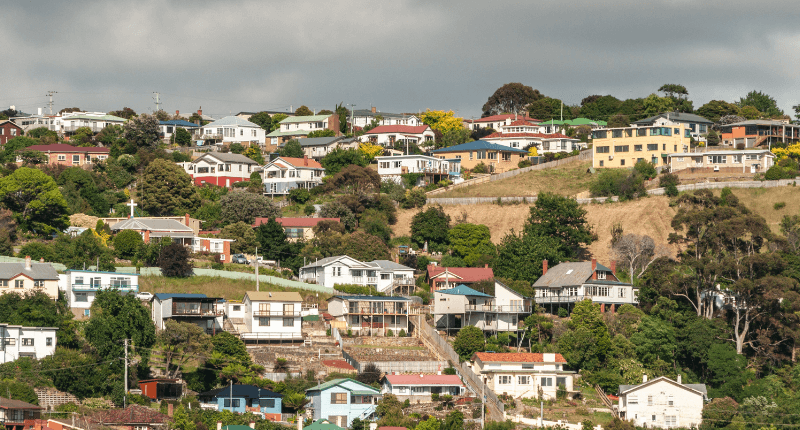- Office occupancy continues to improve, with Perth and Adelaide seeing peak day occupancy in the high nineties.
- Businesses are pulling all the levers to get employees back into the office.
- The collaboation and innovation benefits are enough that even previous advocates for WFH, tech companies, are pushing for more in person presence.
The Australian office market records improved office occupancy while the United States lags behind on the return to office.
CBRE‘s latest research found all office markets across Australia saw rising occupancies for Q1 2024; this excludes the traditionally quieter holiday periods of December and January.
Across the nation, office occupancy rose to 76% of pre-Covid levels in Q1 2024. It represents a six percentage point rise from the final quarter of 2023, where occupancy was recorded at 70%, and a nine percentage point rise from a year ago.
This starkly contrasts the American office attendance rate, which has stabilised at around 50% of pre-pandemic levels on average over the past year.
“Australia’s capital cities have the benefit of better access to public transport, shorter commute times, and lower inner-city crime rates,” said CBRE’s Australian head of research, Tom Broderick.
Broderick said Australia is expected to see continuing improvement across this year, and beyond. In particular, Broderick is expecting to see improvements in office attendance on non-peak days.
Perth and Adelaide deliver the nation’s strongest occupancies
The Western capital recorded a 93% occupancy, while the city of churches recorded an 88% occupancy.
“These markets have shorter commute times for employees and working from home has been less structural in these cities,” said Broderick.
“Peak days in Perth and Adelaide are almost back to pre-COVID norms at 96% and 94% respectively and there is also less discrepancy between attendance on different days of the way compared to the larger cities of Sydney and Melbourne.”
Tom Broderick, CBRE
Melbourne saw heartening results as one of the most improved cities: up from 57% to 62% occupancy quarter on quarter.
The report also noted that a slower return to the office for public sector tenants in Brisbane, which comprises some 35% of the occupier market, has weighed on the Queensland capital’s overall results.
Driving occupancy in Sydney are the major banks and professional services firms.
Office occupancy for Australian CBD markets in Q1 2024 compared to pre-Covid levels

The carrot and the stick
Employers are making substantial investments into their in-person offerings, with offices now looking swankier and providing a lot more amenity to those who are WFO.
“Businesses are continuing to incentivise workers to encourage this return to office theme and are also investing in higher quality accommodation to earn the commute,” said Broderick.
CBRE’s Pacific head of investor leasing, Tim Courtnall has observed a correlation between upgrades made to offices and the rise in employees in the office.
“Just over two-thirds of the businesses that have moved premises in the past three years have upgraded to a better-quality office building,” said Courtnall.
“Feedback from some of these occupiers suggests a significant improvement in employees returning to the office following a move to new generation office stock.”
Tim Courtnall, CBRE
Obversely, Courtnall observed another strong incentive for employees to return to the office:
“Some organisations are also starting to link pay and promotions to office attendance, linking this to enhanced corporate culture and the contributions this makes to the mentoring of younger employees.”
According to the CBRE report, one rationale is that those employees who attend the office regularly are making more of a splash by contributing to corporate culture and mentorship of younger staff.
There are also concerns over the growing amount of time it takes for new employees to become productive members of a team when other team members are infrequently in the office; the report noted it is a particularly poignant point for graduate level staff.
Even the tech sector, which is famed for embracing flexible working, is trying to shift team members back into the office, particularly as in-person and frequent collaboration and interaction drives innovation.








